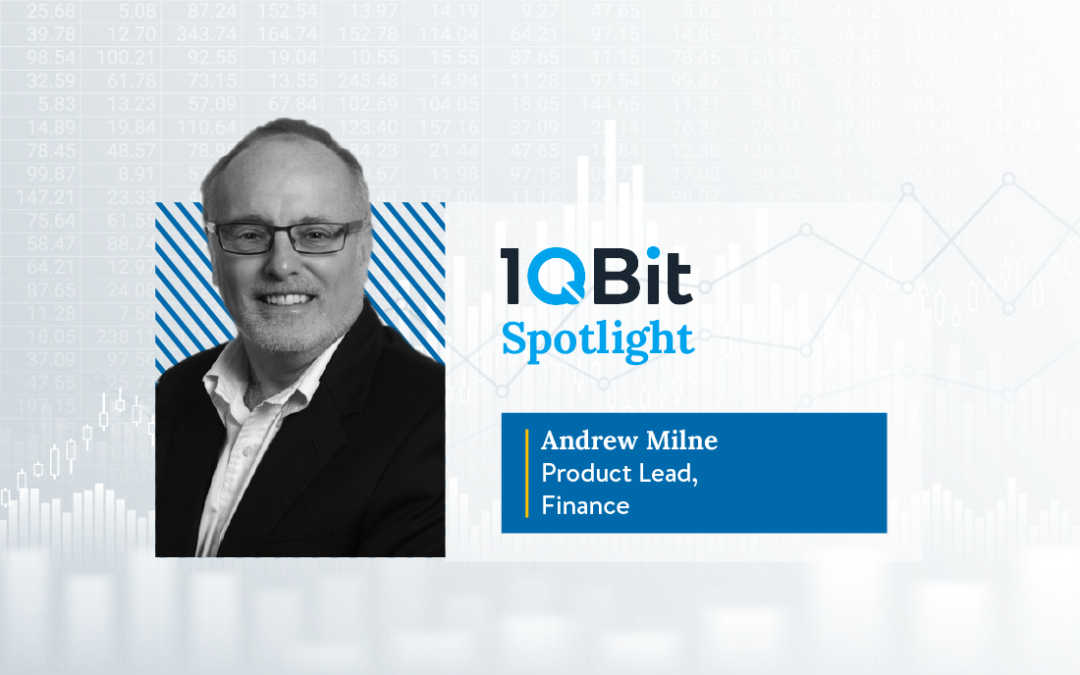When deciding to buy, sell, or hold a particular investment, it can be tempting to simply look at the spot price or volume data and go from there. For those not acquainted with these terms, the spot price of an asset is the current price in the marketplace at which it can be bought or sold for immediate delivery. Volume data quantifies the number of shares traded and, for futures and options, it reveals how many contracts have changed hands.










